Orange marmalade is a classic bitter-sweet preserve often served with British scones, English muffins or simply on buttered sourdough toast for breakfast.
Although Seville oranges are popular for making marmalade, you can use regular oranges and get the same delicious result.
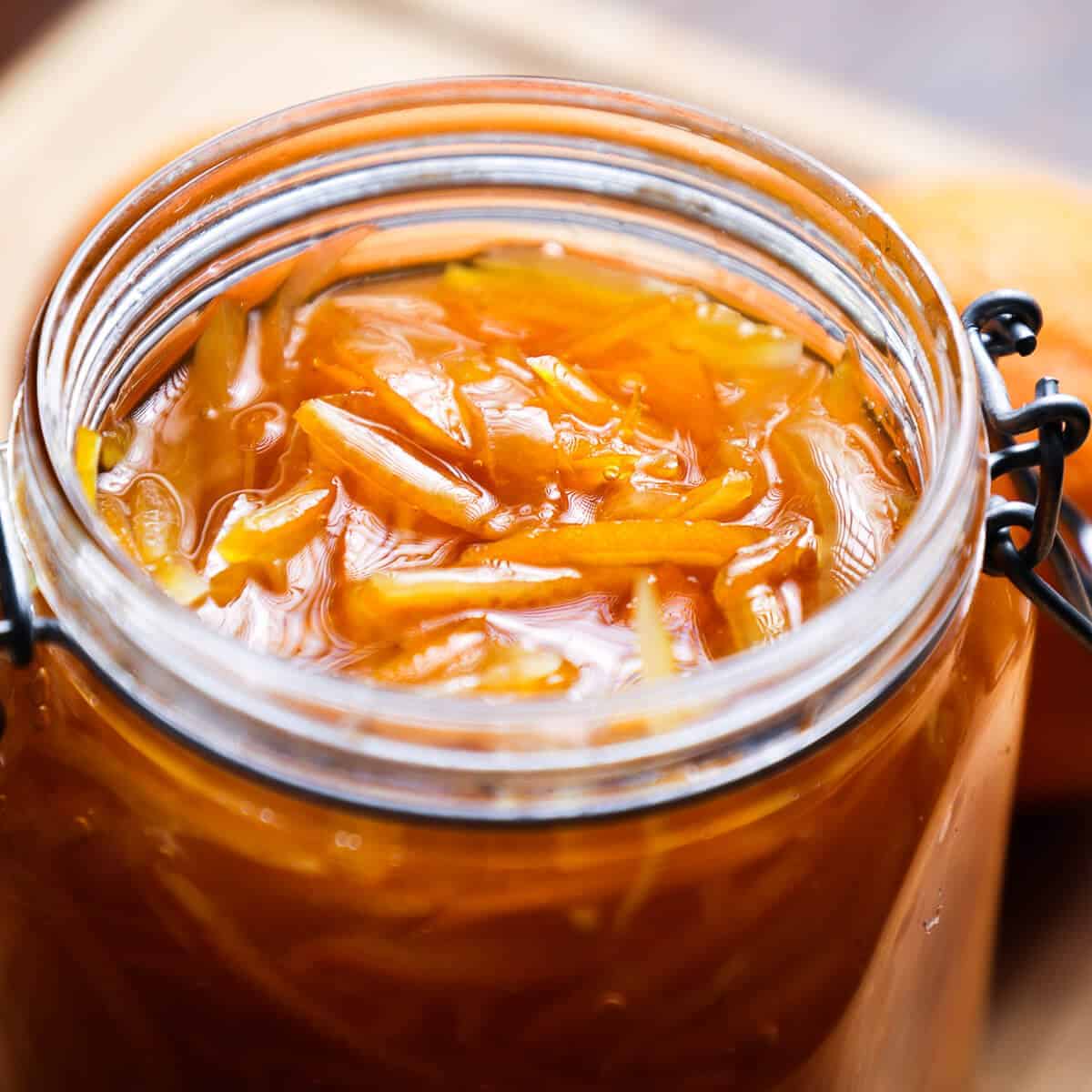
Jump to:
Best oranges to use
Any.
Many claim Seville oranges to be the best, but I guarantee you, any good quality orange will make a great orange marmalade.
Choose seasonal oranges with firm flesh, not too thick skin and as always, sweet as honey.
Blood oranges also make amazing marmalade, especially when they are fully ripe and the juice is deep red.
With or without pectin
Many recipes avoid using pectin. This is an error. Here's why.
The natural pectin in citrus vary from fruit to fruit and might not be enough to thicken or set the marmalade.
To compensate for this, I've seen cooks trying to reduce it, with bad results.
This can lead to very runny or overly bitter and heavily reduced marmalade. Some recipes call for extracting the pectin from lemon pith. Although you might get natural pectin, there is a big problem.
Orange marmalade should be bitter-sweet, but not too bitter. Extracting the pectin from any pith and not removing the orange pith will result in overly bitter marmalade.
When we remove the pith, we are left with almost no naturally occurring pectin to thicken the marmalade. Hence, we add in apple pectin, easily found in most stores or online.
This way we get a perfectly balanced marmalade, and we can control the thickness by adjusting the amount of pectin used.
Ingredients
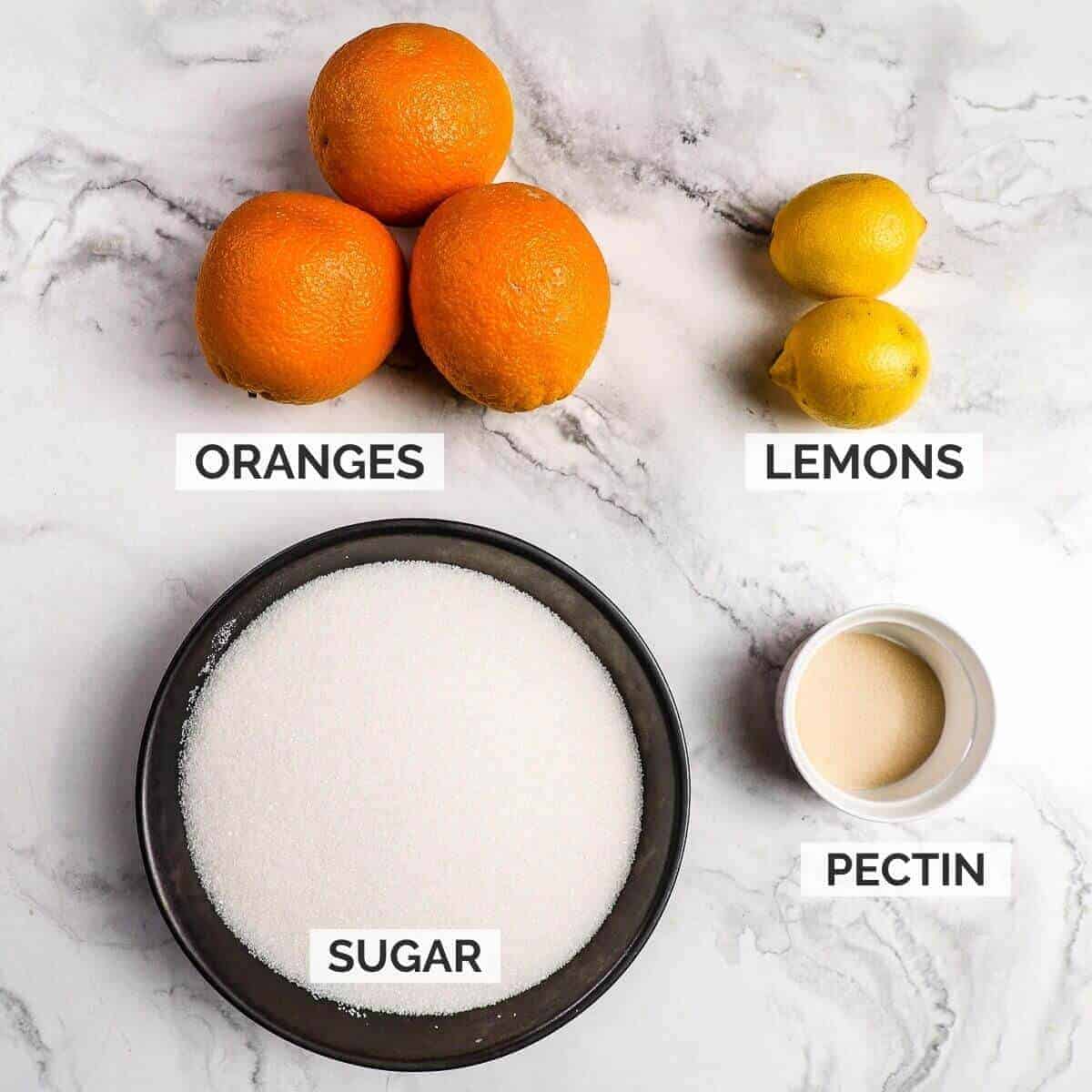
- Oranges - The best you can get. Bad oranges will make even worse marmalade.
- Pectin - Apple pectin is the standard and widely available in most stores, found in the baking section.
- Lemon - Lemon is used to give balance and also most importantly to activate the pectin. Citric acid in powder form can also be used, but you lose on the flavour.
- Sugar - Any regular white sugar will do. Avoid using brown sugar or muscovado sugar, as the final marmalade colour will not be beautiful.
Instructions
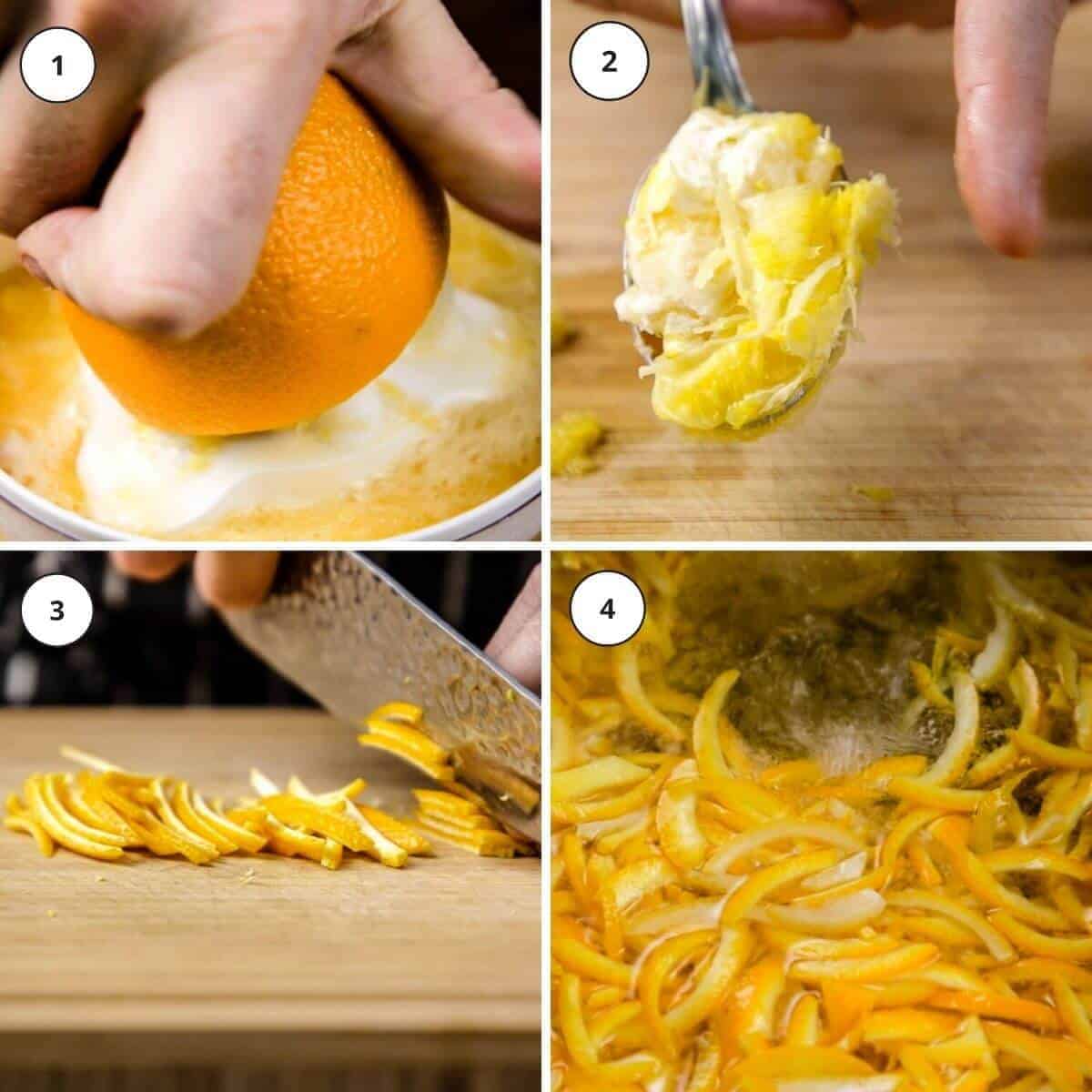
- Cut the oranges and lemons in half.
- Juice them and set the juice aside while removing the pith from the lemons and the oranges with a spoon.
- Cut the orange and lemon rind into smaller petals, then carefully remove the rest of the pith attached to the peel until only a thin layer is left.
- Chop the peel into thin strips, then bring to a boil in plain water. Let it sit in the water for a few minutes, then discard the water.
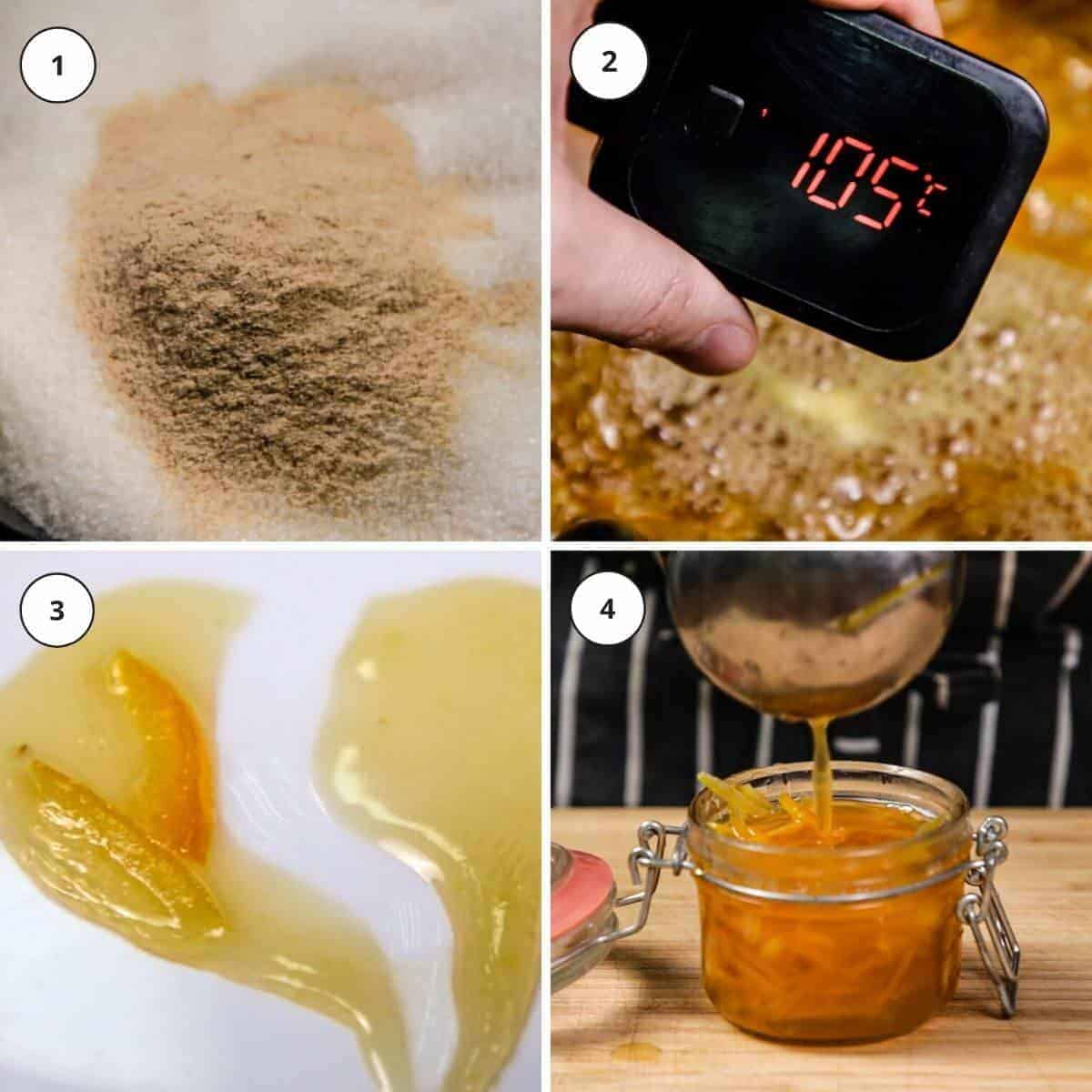
- Mix the sugar and the pectin well and place into a pot with the citrus peel and juice.
- Bring to a slow boil, then simmer gently until the temperature reaches 105° C or 221° F.
- Check the set by placing a bit on a cold plate and into the freezer for 10 minutes.
- Store your marmalade in Mason jars in the fridge or as instructed in the storage chapter.
Video
Tips for success
- Make sure to use the best oranges with firm flesh, thin skin and sweet as honey.
- Always remove the pith as much as possible and blanch it for a few seconds in plain water. It makes the bitterness level perfect.
- Never boil marmalade vigorously. You'll end up with tough, rubbery peel if you do.
- Make sure to mix the pectin and the sugar together and add to the peel when cold. Adding pectin to hot mix results in undissolved pectin that will ruin the batch.
- Use a kitchen thermometer to accurately judge the setting temperature of the marmalade. It should be 105° F or 221° F.
- Test the set by placing a bit on a cold plate into the freezer for 10 minutes.
Serving suggestions
- On toasted sourdough, sourdough baguettes or English muffins with butter.
- As an alternative to strawberry jam on British scones with homemade clotted cream.
- On vanilla or dark chocolate ice cream.
- As a topping for carrot cake or pumpkin bread with pumpkin cream cheese spread.
Storage options
Canning - Steam or boil your canning equipment. While still hot, pour the warm orange marmalade into the jars, seal and cool it down immediately to fully seal airtight.
Vacuum sealing - Cool down the marmalade completely before placing in vacuum bags and vacuum until all the air is out.
Freezing - Freeze in plastic containers or vacuum bags, but there is very little need for freezing as it's well-preserved.
Fridge - I simply store mine in the fridge in a sealable container. As long as you only use clean utensils and don't double-dip the spoon, your marmalade will keep for months.
Frequently asked questions
If stored correctly, sealed airtight, marmalade will outlive anything alive today. If canned, it will even be longer.
Marmalade is made from citrus rind. Jam can be made from any fruit or fruit juice and does not necessarily contain rind. In fact, it hardly ever does.
Two ways. Remove the pith and boil the peel in plain water for a few seconds. This will leech some bitterness out.
Mostly this happens because you boiled it too fast or over reduced it.
Another way to ensure tender peel is to marinate the peel in sugar overnight.
Useful equipment
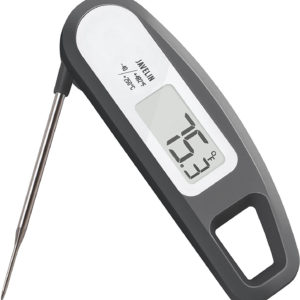
Temperature Probe
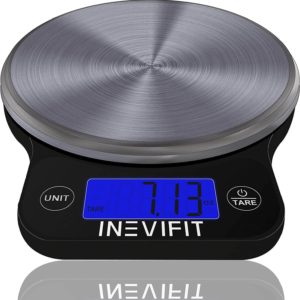
Electronic Kitchen Scales

Citrus Juicer
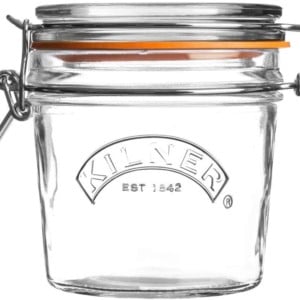
Small Kilner jars
Related recipes
This site contains affiliate links. I may earn a tiny commission on qualifying purchases at no extra cost to you. By bookmarking these links you help support the upkeep of this site.
If you found this post helpful or have learned something, comment, subscribe, and follow me on social platforms for more tasty recipes.
Recipe
Homemade Orange Marmalade With Pectin
Ingredients
Instructions
- Cut the oranges and lemons in half. Juice them and set the juice aside while removing the pith from the lemons and the oranges with a spoon.
- Cut the orange and lemon rind into smaller petals, then carefully remove the rest of the pith attached to the peel until only a thin layer is left.
- Chop the peel into thin strips, then bring to a boil in plain water. Let it sit in the water for a few minutes, then discard the water.
- Mix the sugar and the pectin well and place into a pot with the citrus peel and juice. Bring to a slow boil, then simmer gently until the temperature reaches 105° C or 221° F.
- Check the set by placing a bit on a cold plate and into the freezer for 10 minutes.
- Store your marmalade in Mason jars in the fridge or as instructed in the storage chapter.

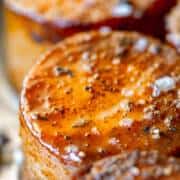
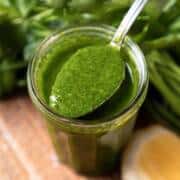

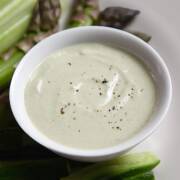
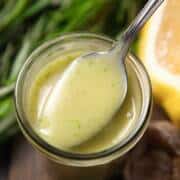
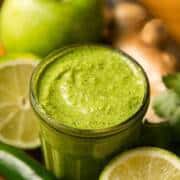



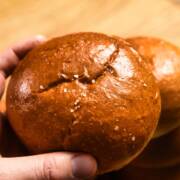
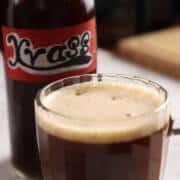
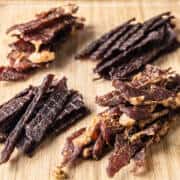
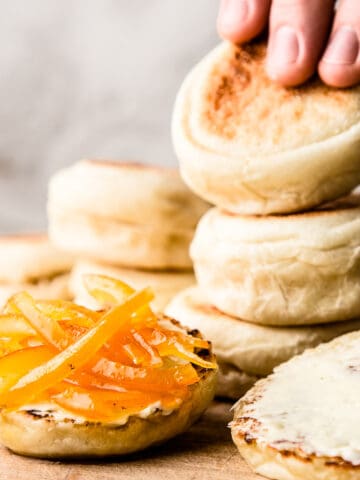
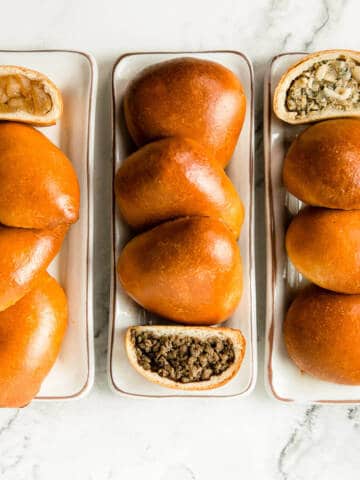
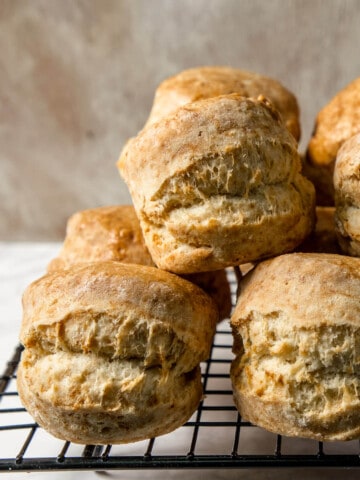
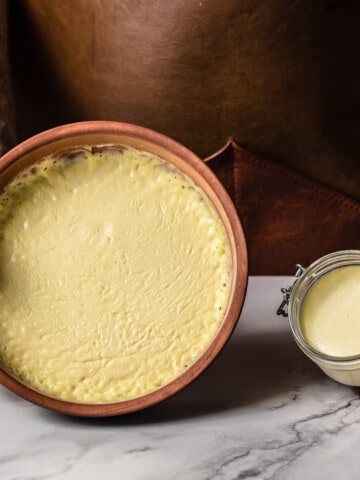
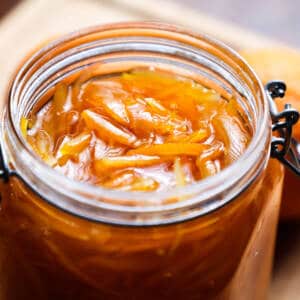
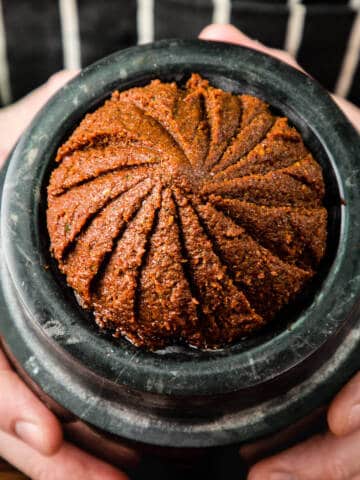
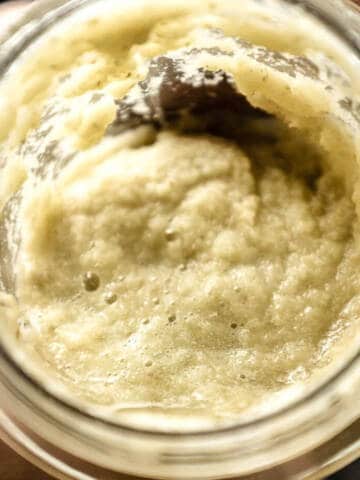
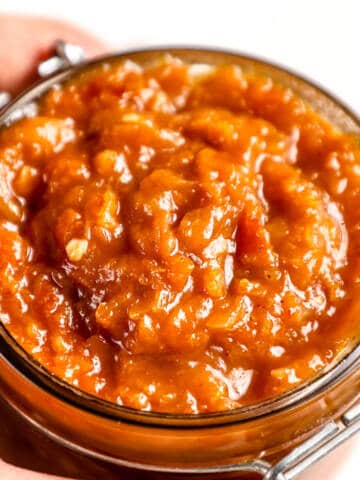
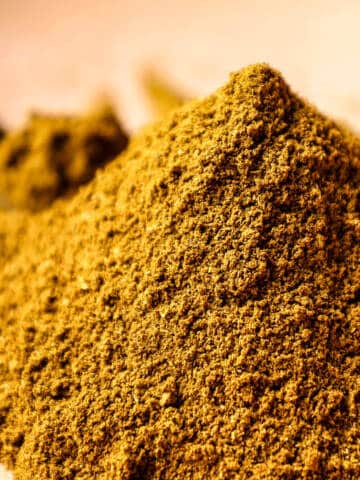
Ian
You tube says 8 g pectin - which one is korek broo??
Charlé Visser
8g correct, my bad